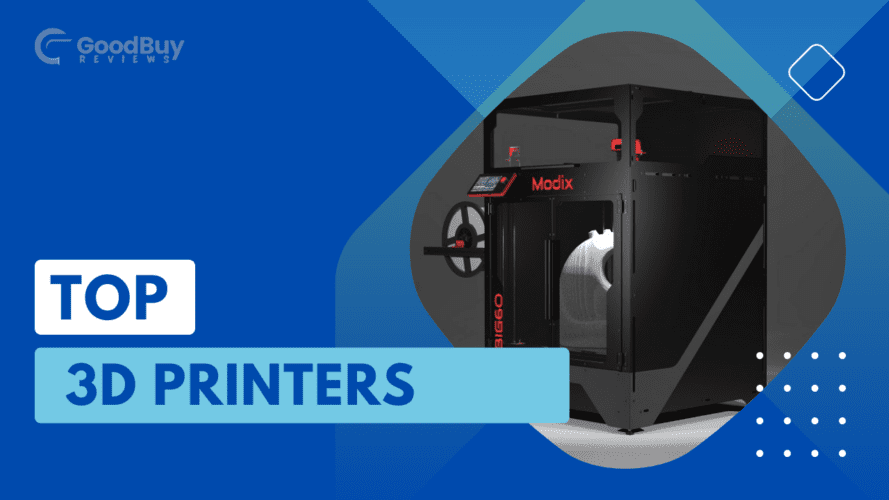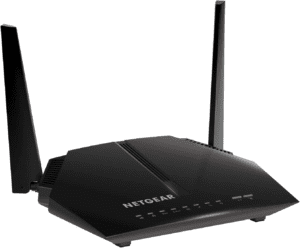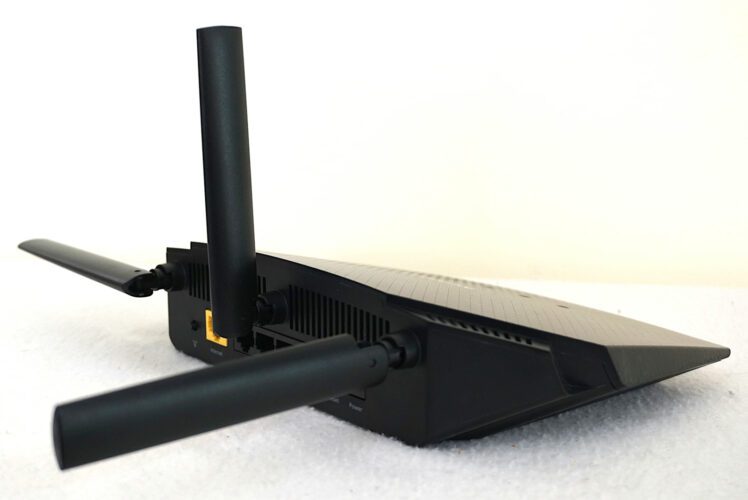Stay Ahead of the Game with the Best 3D Printers, 5 Best 3D Printers

3D printing technology has advanced rapidly in recent years, opening up new possibilities for hobbyists, designers, engineers, and more. As we enter 2024, expectations are high for even more innovation that could take 3D printing mainstream.
In this blog post, we’ll explore some of the most exciting developments anticipated in 3D printing next year and review the top devices on the market right now. Whether you’re looking to buy your first 3D printer or upgrade to the latest and greatest, you’ll find the information you need here to make an informed decision.
What to Expect in 3D Printing for 2024
Industry experts predict 2024 will be a landmark year for 3D printing adoption across many sectors. As the technology matures, we can expect faster print speeds, expanded material options, improvements in precision and surface quality, and increased ease of use.
On the consumer side, key trends to watch are wider accessibility and more applications in the home. Prices should continue falling, putting 3D printers within reach of more individuals. We may also see more integrated scanners and touchscreen interfaces for simplified design. Novel uses like 3D printing nutrients into customized vitamins could take off.
For industry, the possibilities are even greater. Higher-quality metal 3D printing will enable mass customization in sectors like medical devices and aerospace. The automotive field in particular is primed for disruption, with 3D printing enabling lighter, more efficient designs. Construction stands to benefit as well from 3D printed buildings, bridges, and more.
Best 3D Printers for Different Needs
With such a vast range of 3D printers now available, it’s important to weigh your specific needs and budget. Below we review top options across several categories to help you find your perfect match.
Best on a Budget: Mingda Magician X2
If you’re looking to dip your toes into 3D printing without a big upfront investment, the Mingda Magician X2 is a great value option. It punches above its weight with a generous 11.8 inch cubed build area and a heated print bed for just around $300.
Despite the low price, you still get nice quality prints, decent speeds up to 180 mm/s, and user-friendly features like a touch screen interface. It supports common materials like PLA, ABS, and wood filaments. The open frame design means tinkering is encouraged too.
Just keep in mind that cut costs come with some drawbacks like noisy operation and less out-of-the-box precision. But for hobbyists new to the world of 3D printing, the Magician X2 is hard to beat.
Best for Business: Creality Ender-5 S1
Businesses in need of a reliable workhorse 3D printer with professional-grade output can benefit from the Creality Ender-5 S1. It builds on the popularity of Creality’s CR-10 lineup with thoughtful upgrades optimized for performance.
A core delta in the Ender-5 S1 is its sturdy, cube-style metal frame. This provides stability for crisp prints even with fast speeds up to 200 mm/s. The 310 x 310 x 400 mm build volume gives you ample room for batches of prototypes or end-use parts.
Dual lead screws on the Z-axis take precision to the next level for dimensional accuracy. And with an enclosed chamber that allows heating to 60°C, you get strong layer adhesion for materials like ABS. Reliable auto bed leveling and a filament runout sensor help streamline operation too.
Best for Precision: Snapmaker J1
For applications demanding ultra-fine resolution like jewelry, miniatures, or detailed sculptures, the Snapmaker J1 3D printer shines. Its closed-loop sensors and precise ball screws achieve exceptional dimensional accuracy down to 0.01 mm.
This level of precision does limit the J1’s build volume to 125 x 125 x 125 mm. But that’s still ample room for small, intricate prints. And the quality is exceptional with layer heights as low as 0.01 mm possible. Dual extrusion lets you print in two colors or materials too.
Snapmaker also equips the J1 with HEPA filtration and sound insulation for pleasant operation. And wireless connectivity makes it easy to manage your prints remotely. If quality trumps quantity, the Snapmaker J1 delivers outstanding precision.
Best Large-Scale: AnyCubic Kobra Plus
For extra-large prints up to 15 inches tall, the AnyCubic Kobra Plus is a top pick. Its sturdy frame and dual Z-axis lead screws provide stability even when maxing out the 390 x 390 x 450 mm build volume. Print speeds up to 200 mm/s allow you to crank out big batches efficiently too.
AnyCubic packs great value into the Kobra Plus with its silent TMC2209 drivers, auto bed leveling, touch screen interface, and all-metal hot end. It handles a wide range of materials like ABS, TPU, wood, and carbon fiber filaments. The flexible spring steel build plate helps parts pop right off after printing as well.
If you need to routinely print large prototypes, models, or production runs, the AnyCubic Kobra Plus has the size and features to handle it.
Best for Beginners: Elegoo Neptune 4 Pro
Amazing print quality right out of the box makes the Elegoo Neptune 4 Pro our top recommendation for beginners just getting started with 3D printing. The enclosed design means you don’t have to fuss with getting settings just right to get good adhesion and prevent warping.
Despite its ease of use, the Neptune 4 Pro contains lots of high-end features like a silent motherboard, dual gear extruder for accurate filament feeding, and 8-point auto bed leveling. The print surface, hot end, and more are all pre-calibrated at the factory too.
You still get great performance too with print speeds hitting 200 mm/s and a heated chamber for materials like ABS. Large community support for the Neptune line means troubleshooting help is easy to access as well. It’s a frustration-free way to learn the ropes of 3D printing.
Best Premium: Original Prusa MK4
For seasoned makers and professionals seeking elite-level performance, the Original Prusa i3 MK4 offers best-in-class quality that justifies its premium price tag. Upgrades like a new magnetic heated spring steel sheet take first layer adhesion to new heights for flawless bottom surfaces.
A rebuilt extruder dubbed the “Super Dragon” provides ultra-precise filament feeding and retraction control for impeccable fine details. The MK4 also introduces Prusa’s new 10-point SuperPINDA auto bed leveling probe for dimensional accuracy within 12 microns.
These smart refinements build on Prusa’s already solid i3 foundation focused on reliability. Quiet Trinamic drivers, an optimized cooling system, filament sensor, power loss recovery, and more all help you achieve stunning prints with less hassle.
Best for Pros: TRILAB DeltiQ 2
Engineers, product designers, and other professionals needing the highest precision from a desktop 3D printer will benefit from the TRILAB DeltiQ 2. Its innovative remote tilting system lets you optimize parts in real-time to prevent errors and ensure perfect overhangs.
Closed-loop sensors provide exceptional dimensional accuracy down to 0.01mm as well. The enclosed, heated chamber facilitates printing of advanced materials like PEEK and ULTEM too. Despite its compact footprint, the DeltiQ 2 offers a build volume of Ø185 x 270 mm capable of full-sized functional prototypes.
On the software side, remote monitoring via webcam allows you to check print status from anywhere. And the system can automatically pause and make nozzle adjustments to rescue failing prints. These powerful capabilities enable continuous, unattended operation most smaller printers can’t match.
For the ultimate in precision, reliability, and part optimization, the TRILAB DeltiQ 2 is a workhorse 3D printer ready to take on the toughest professional jobs.
Best Open-Source: Lulzbot TAZ SideKick 747
Makers who want maximum customization and community support can find their match with Lulzbot’s open-source TAZ SideKick 747 3D printer. It runs entirely on free, open-source software like LinuxcNC for CNC capabilities and Klipper firmware to boost speeds.
That open platform approach extends to the hardware too. The SideKick 747 uses 3D printable upgrades so you can modify the design yourself and replace parts as needed. It has a large 280 x 280 x 250 mm build area to accommodate big prints.
As an open ecosystem, the TAZ SideKick 747 does require more technical skill to operate compared to consumer printers. But for the right DIY enthusiast, its incredible flexibility and standard toolhead interface open exciting possibilities other printers can’t match.
The Takeaway
This overview just scratches the surface of the diverse 3D printer options out there today. As the technology continues advancing rapidly, there’s never been a better time to experience the creative potential of additive manufacturing firsthand.
Hopefully these recommendations give you a solid starting point to find the right fit for your needs and budget. And remember to have fun experimenting with all the amazing things you can design and make!



